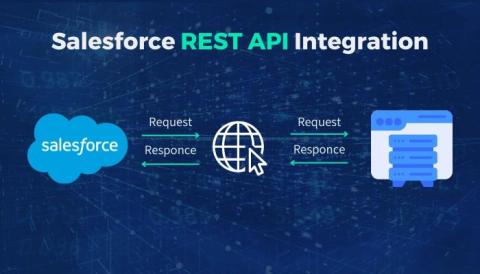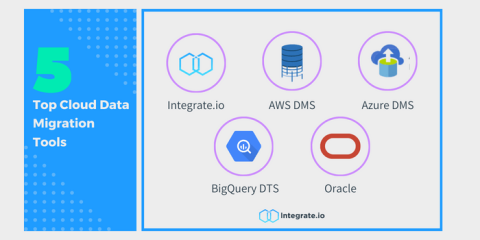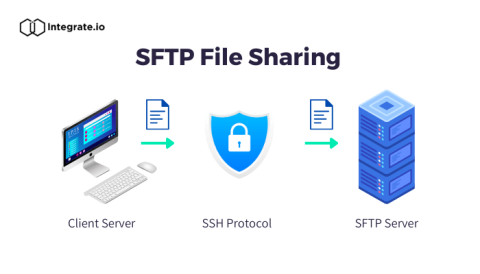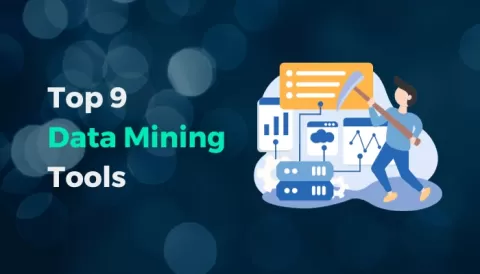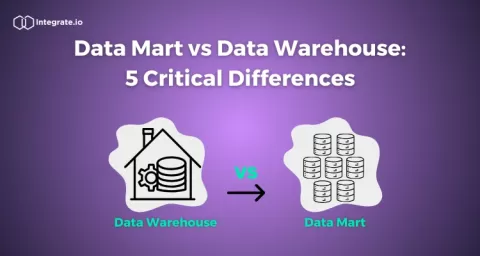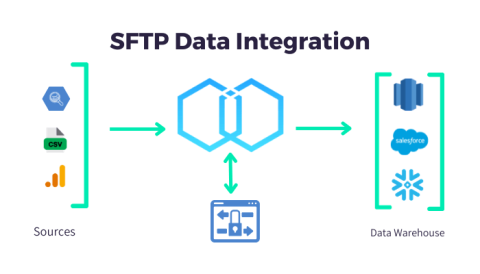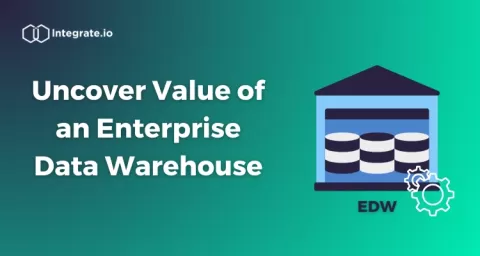Salesforce REST API Integration: A Step-by-Step Guide
Learn how to integrate Salesforce with a REST API in this step-by-step guide. Discover the advantages of Salesforce REST API integration, and explore the process of authentication, making API requests, and handling data sync. Find expert tips for successful integration, empowering you to optimize Salesforce for enhanced business operations.


